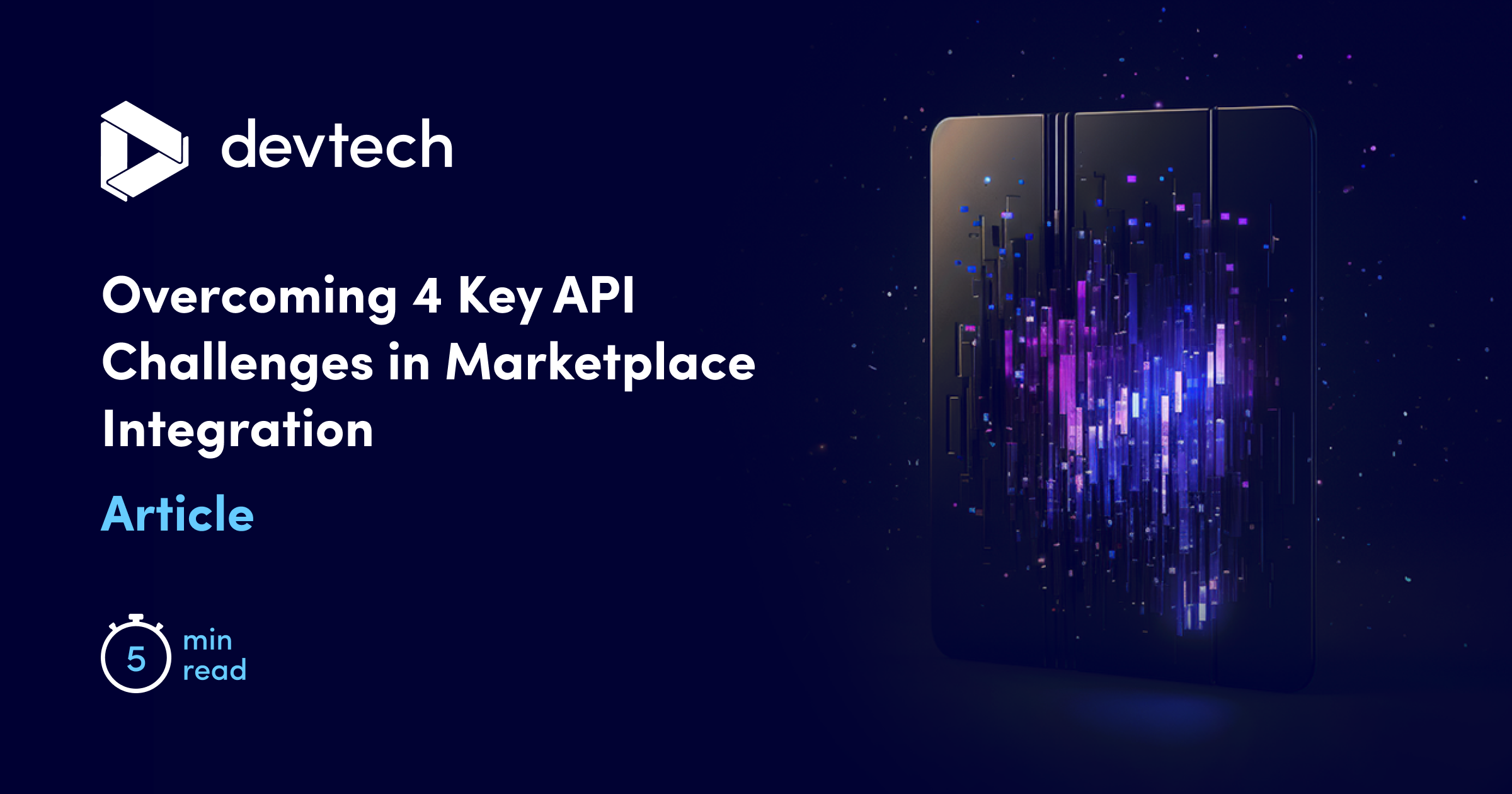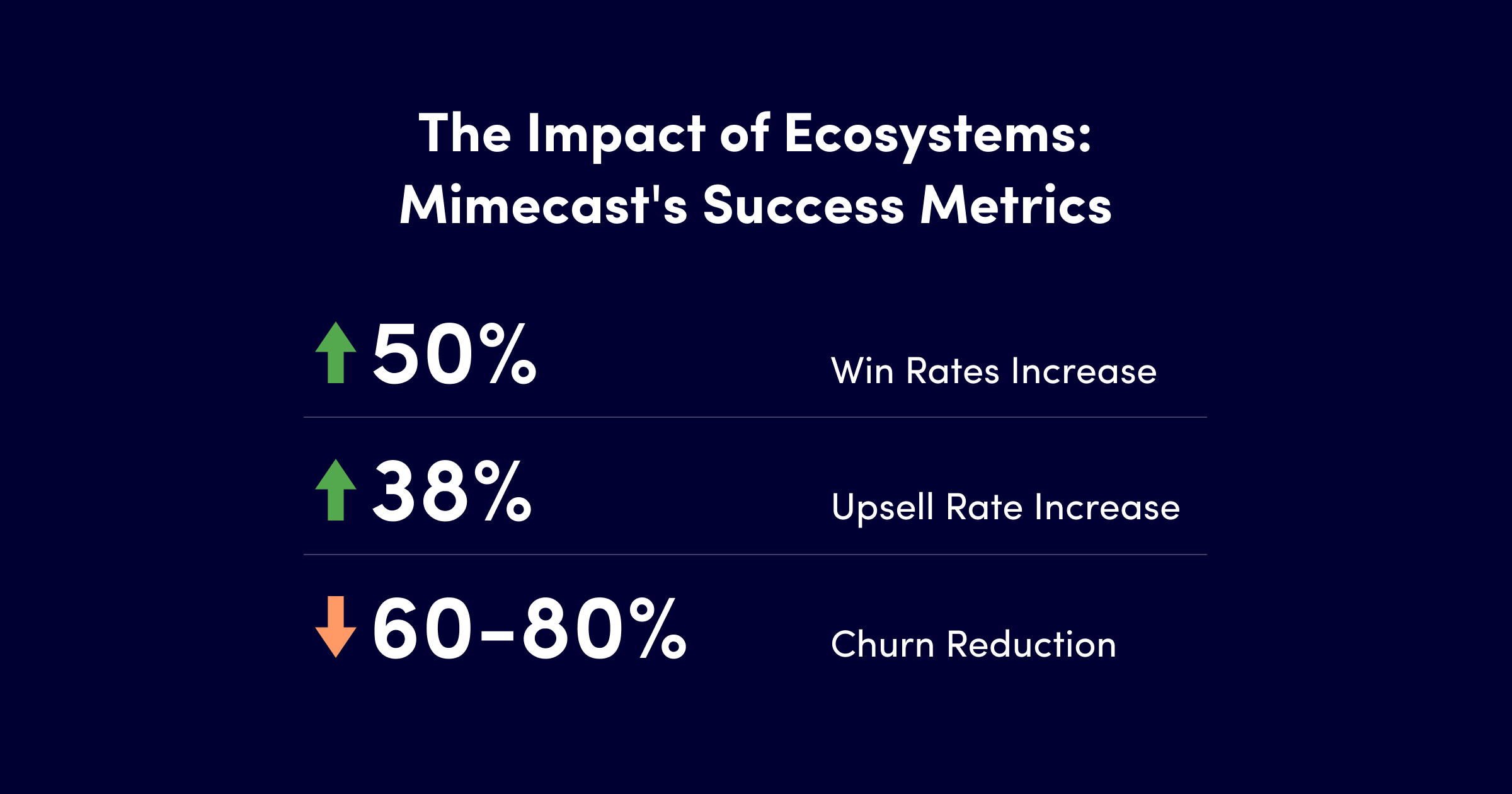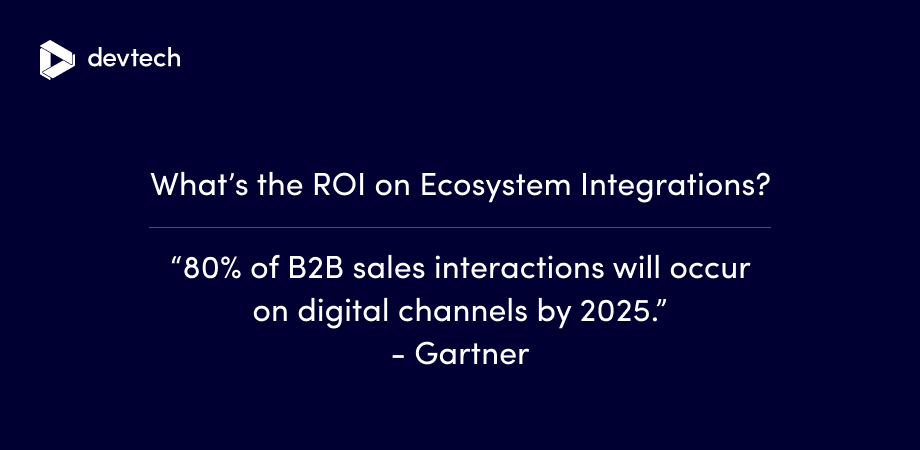Cloud marketplaces are enjoying explosive growth at the moment, with some estimates placing them at $50 billion in size by the end of 2025.
These marketplaces give vendors access to large customer bases along with marketing support. That’s millions of dollars in potential sales, if you know how to use these marketplaces to sell your products and services.
Using API-based integration can help companies utilize these marketplaces to expand the user base and increase sales. But tackling multiple marketplaces, each with its own API ecosystem, is a hassle. Also, there’s the issue of keeping up with technological advances made on these platforms by constantly updating your APIs. If you can find a way to overcome these challenges, there’s endless potential to grow your sales.
How APIs help you achieve marketplace integration
APIs act as a bridge between different software systems, allowing them to communicate and work together. They define a set of rules and instructions that govern how software components can interact with each other and the functions, commands, and data formats that one software system can expose to another. APIs allow you to connect your products with the marketplace’s infrastructure and ecosystem and enable functionalities such as product listing, provisioning, billing, and usage tracking.
APIs also facilitate the automation and orchestration of various processes involved in software delivery and management. They allow you to automate tasks such as product deployment, scaling, monitoring, and maintenance, thereby enhancing the overall user experience and operational efficiency.
Generally, cloud-based marketplaces provide multiple APIs, each dedicated to the following functions:
-
- Listing and discovery: To fetch product descriptions, pricing information, and other relevant metadata from the vendor to the marketplace.
- Provisioning and deployment: To initiate a service and create respective account, or to configure infrastructure resources (e.g., spin up virtual machines or the instance of the product) and provide an automated service delivery once someone makes a purchase.
- Billing and subscription management: To handle billing and invoicing, accurate tracking of usage, subscription tiers, and payment processing.
- User authentication and single sign-on (SSO): To eliminate the need for customers to remember multiple login credentials.
- Monitoring and analytics: To take data, such as active users, API calls, and resource utilization, from the marketplace to the vendor.
4 challenges in using APIs for marketplace integration (and how to overcome them)
While APIs promote seamless integration between the vendor’s software and the marketplace’s platform, their use is not without its challenges. Software vendors and service providers complain about platform integrations being difficult and too many API ecosystems to manage when dealing with multiple platforms. The following are some common challenges with API integration, along with ways to overcome them:
1. Use API gateways for security and access control
APIs exposed to the marketplace can prove to be vulnerable to cyberattacks and unauthorized access. Implementing industry-standard security protocols like OAuth 2.0 or JSON Web Tokens will help with authentication and authorization. Also, using API gateways serves as a security measure, too, (besides helping manage all APIs) because such gateways come with robust security features to manage access control.
2. Design APIs with scalability and performance issues in mind
While marketplaces provide the underlying infrastructure and platform capabilities to handle scalability and performance, as a vendor, your APIs have to be able to handle high volumes of API requests. Design APIs with scalability in mind, utilizing scalable infrastructure and employing techniques like caching, load balancing, and horizontal scaling. Employ cloud-based infrastructure services such as auto-scaling and content delivery networks (CDNs) to handle high API request volumes.
3. Provide backward compatibility for new versions of your APIs
Over time, you may need to introduce updates, improvements, or changes to your APIs. Your existing integrations and customer applications may rely on specific API features or behaviors. Provide backward compatibility as much as possible and use versioning techniques such as URL paths or request headers to handle different API versions.
4. Test your APIs for functionality and load before you deploy
Perform functional testing, integration testing, and load testing to identify and address potential issues before building API integration into the marketplace. Use automated testing frameworks for API endpoints, performance testing tools to simulate high loads, and continuous integration and delivery (CI/CD) practices.
Doing all of the above on your own can be resource intensive. You will need dedicated teams of developers managing multiple API ecosystems and constantly updating them. We address this challenge in part by supporting more than 35 API ecosystems and helping partners like Huawei, Acronis, and Mimecast manage their integration projects.
How we helped Mimecast 7x its average order value
Usually, companies focus their efforts on product depth or breadth, but rarely both at the same time. If you can invest in R&D and do both, you will give yourself a greater chance of retaining your customers.
We helped Mimecast integrate with various channels and cloud ecosystems. As a result, the company saw a 7x increase in average order value, a 75% reduction in down-sell and churn, and an 8% increase in revenue retention.
Mimecast, a popular cloud cybersecurity services provider, faced challenges in prioritizing internal engineering teams between product development and third-party platform integrations. The company partnered with Devtech to tap into our expertise and knowledge about channel and cloud ecosystems on demand, allowing it to shift priorities as needed. The company had three major challenges:
-
- It needed to integrate with multiple cloud-based marketplaces and security operations and management platforms and did not have a scalable solution to do that.
- It faced the common challenge of having to deal with too many API ecosystems.
To help the company overcome these challenges, Devtech:
-
- Built several integrations into cloud marketplaces to help Mimecast sell more through channel.
- Built several integrations into third-party security platforms (SIEM, SOAR, etc.) to enable Mimecast customers to get security insights from Mimecast service into the security operation platforms.
- Used our experience of working with third-party cloud platforms to define the right integration approach for specific ecosystems.
With the help of Devtech’s channel enablement, Mimecast was able to accelerate its channel strategy execution, penetrate new markets, and increase revenue potential. Read the detailed account of how Devtech helped Mimecast and see how you can leverage a global partner with channel enablement expertise to help you empower your partners.



